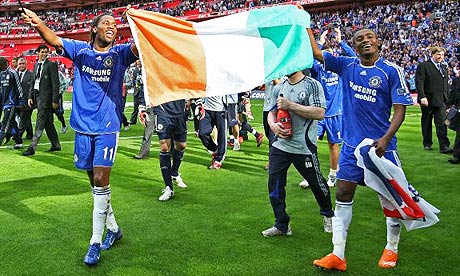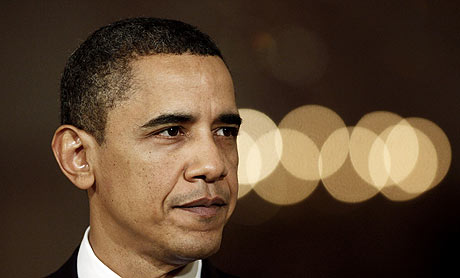
Who is this kid? Pele terrorizes Sweden in 1958
Nobody outside of Brazil had heard of the 17-year-old who exploded onto the international stage in the 1958 World Cup in Sweden with a display of skill, audacity, guile, vision and sheer exuberance that was to make Pele a global household name for the next half-century.
His status as the global symbol of football excellence was all the remarkable considering that the world only got to see him three more times at the quadrennial World Cup tournaments, culminating in 1970. Pele, after all, played his weekly club football for Rio De Janeiro’s Santos, whose games weren’t available on satellite TV.
There are many reasons why World Cup 2010 won’t surprise us with a new Pele, but the first should be obvious: today any teenager even half as talented would likely be on the books of Barcelona or Arsenal already, and therefore a familiar face to European club football’s massive global TV audience.
Think Alexandre Pato, the 20-year-old Brazilian striker who joined AC Milan at 18, or Manchester United’s marauding 19-year-old Brazilian fullbacks, Rafael and Fabio da Silva, who signed at 17, a year older than Spanish midfield supremo Cesc Fabregas was when he joined Arsenal.
In Pele’s era, the world’s best players met only at the World Cup. Today they play each other once or even twice a week while the whole world watches.
Last year’s Champions League final between Barcelona and Manchester United was the world’s most-watched sports event of the year, with an audience of 209 million. And a lot more than that were expected to tune into the recent Real Madrid-Barcelona Spanish league showdown.
It’s not hard to see why: El Clasico, as the Spanish fixture is known, pitted the world’s two best players, Argentina’s Lionel Messi and Portugal’s Cristiano Ronaldo against one another, with a supporting cast stronger than either would find in his national team.
The fact that the European game now features all the world’s soccer heroes is the reason you’re as likely to see a Chelsea or Arsenal shirt being worn at a mall in Shanghai or San Diego as in a Baghdad demonstration or Mogadishu firefight.
Almost without exception, today the world’s best players play their club football in Europe. Brazil’s and Argentina’s World Cup squads will be picked almost entirely from Europe-based players, and those will also be the mainstay of the likes of Uruguay, Chile and Honduras. Ivory Coast took just one home-based player to the recent African Nations Cup in Angola, and Ghana is likely to do the same at the World Cup. Don’t expect any in Cameroon’s squad, while there are unlikely to be more than two or three in Nigeria’s squad.









